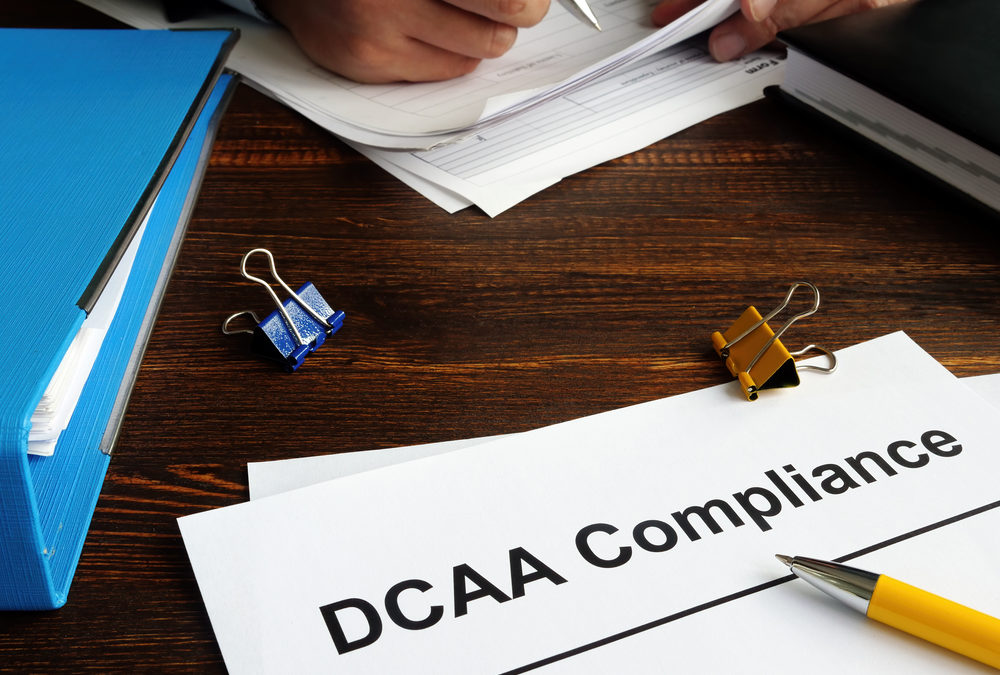DCAA compliance is a must for all government contractors. However, grasping DCAA compliance, particularly in terms of accounting methods, can be daunting. Ensuring proper accounting can be challenging for any business, but when DCAA standards come into play, things can get complicated quickly. Here are 7 key elements that define a DCAA-compliant accounting system:
-
Separate Direct and Indirect Costs
- Contractors must segregate direct costs from indirect costs on every project, tracking them meticulously.
-
Track Costs by Contract, Project, Task, and Objective
- Implement a robust job costing system integrated with the accounting system to accumulate costs effectively.
-
Maintain Your Timekeeping System
- Ensure comprehensive timekeeping, recording all hours worked daily by project numbers and adhering to DCAA time tracker preferences.
-
Account for Unallowable Costs
- Understand the requirements of FAR 31.201-6 and maintain separate accounts for unallowable costs.
-
Record and Accumulate Costs Monthly
- Regularly accumulate costs in the books of account at least once a month to stay compliant with government contract work regulations.
-
Track Costs by Contract Line Item
- Treat contract line items (CLINs) as projects, tracking costs and allocating direct and indirect costs accordingly.
-
Provide Historical Accounting Data
- Maintain detailed and accurate historical accounting data, meeting all DCAA compliance standards.
DCAA-compliant accounting demands meticulous record-keeping and attention to detail. If you’re concerned about meeting these standards, contact us at Peter Witts CPA. We specialize in assisting government contractors, ensuring they meet stringent compliance standards with confidence. Schedule a consultation with one of our experienced CPAs today, and let’s get your accounting methods in order for successful government contract applications.

